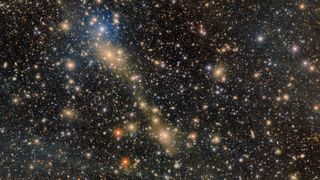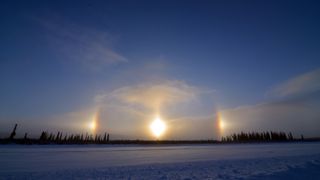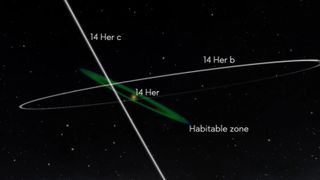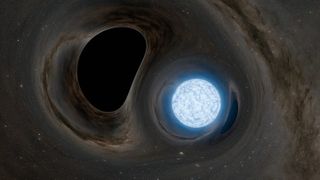
Sharmila Kuthunur
Sharmila Kuthunur is an independent space journalist based in Bengaluru, India. Her work has also appeared in Scientific American, Science, Astronomy and Space.com, among other publications. She holds a master's degree in journalism from Northeastern University in Boston. Follow her on BlueSky @skuthunur.bsky.social
Latest articles by Sharmila Kuthunur
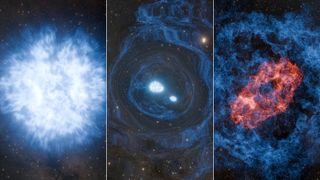
First-ever 'superkilonova' double star explosion puzzles astronomers
By Sharmila Kuthunur published
A double explosion, in which a dying star split, then recombined, may be a long-hypothesized but never-before-seen "superkilonova."
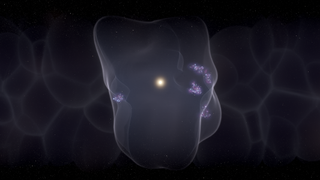
Mysterious, irradiated 'scar' in our galaxy may finally have an explanation
By Sharmila Kuthunur published
Astronomers traced a mysterious 'scar' of ionized gas around the solar system to two stars that had a close flyby with our sun millions of years ago.
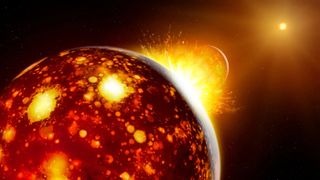
Earth had a secret neighbor, and it may explain our moon
By Sharmila Kuthunur published
Earth may have a moon today because a nearby neighbor once crashed into us, a new analysis of Apollo samples and terrestrial rocks reveals.

Scientists are debating a 70-year-old UFO mystery as new images come to light
By Sharmila Kuthunur published
Two new peer-reviewed papers claim thousands of unexplained light flashes in vintage Palomar telescope images show statistical ties to nuclear tests and UFO reports. Not everyone agrees with the paper's conclusion.
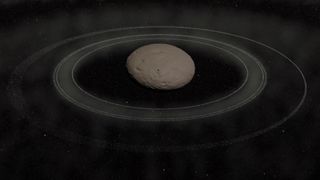
Strange object between Saturn and Uranus is 'evolving' its own ring system, study suggests
By Sharmila Kuthunur published
Astronomers have found signs that the small icy world Chiron, orbiting between Saturn and Uranus, may be forming a new ring system in near-real time.
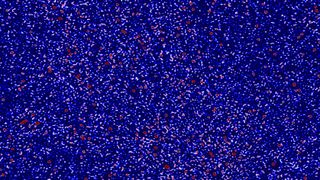
Astronomers close in on signal from Epoch of Reionization
By Sharmila Kuthunur published
A faint radio "whisper" from ancient hydrogen reveals the universe was heating up long before it filled with starlight.
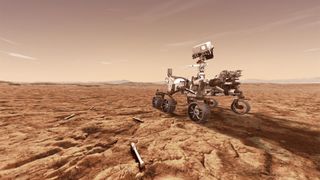
'If there is a space race, China's already winning it': NASA unlikely to bring Mars samples back to Earth before China does, experts say
By Sharmila Kuthunur published
"If there is a space race, China's already winning it, and could win it dramatically in the next few decades."
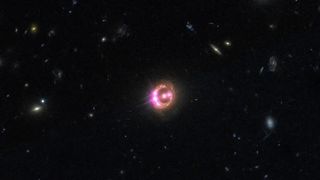
Astronomers use rare 'double zoom' to view black hole corona in unprecedented detail
By Sharmila Kuthunur published
For the first time, astronomers have directly measured a solar-system-size corona around a distant supermassive black hole, thanks to a rare cosmic alignment.
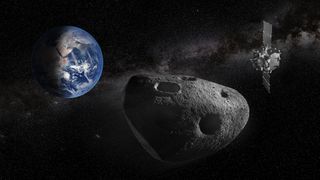
Asteroid Apophis flyby will be 'once in a millennium' opportunity for skywatchers and scientists
By Sharmila Kuthunur published
In 2029, asteroid Apophis will skim safely past Earth, where it will be visible to billions. For scientists, it's a once-in-a-millennium planetary experiment.
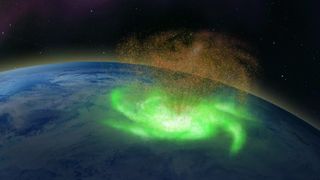
'Space hurricane' caught raging over North Pole during one of the sun's quietest days
By Sharmila Kuthunur published
A rare "space hurricane" that swirled over Earth's North Pole in 2014 caused intense space weather effects despite unusually quiet solar conditions, a new study reports.
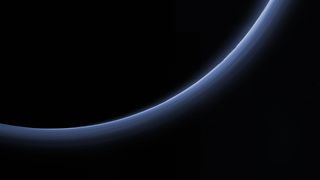
James Webb telescope discovers 'a new kind of climate' on Pluto, unlike anything else in our solar system
By Sharmila Kuthunur published
New James Webb Space Telescope data reveal Pluto's high-altitude haze is a key driver of the climate on the dwarf planet, offering clues to Earth's ancient atmosphere.
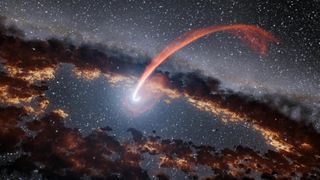
Astronomers discover most powerful cosmic explosions since the Big Bang
By Sharmila Kuthunur published
Astronomers have discovered a new class of bright, long-lasting cosmic explosions that offer a new probe into studying the universe's most distant black holes.
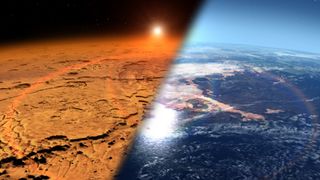
Solar 'cannonballs' may have stripped Mars of its water, study reveals
By Sharmila Kuthunur published
After nearly a decade in orbit, NASA's MAVEN spacecraft has, for the first time, directly observed the process that scientists had long suspected was responsible for stripping Mars of its atmosphere.
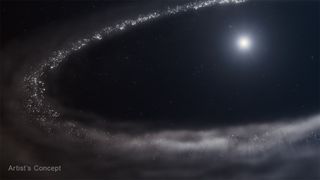
James Webb telescope discovers frozen water around alien star
By Sharmila Kuthunur published
The discovery of water ice around a distant star is allowing scientists to study how the key ingredient for life is delivered to young planets beyond our solar system.
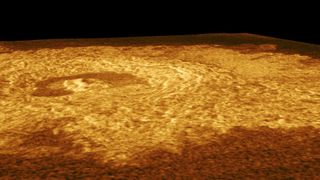
Venus may be geologically 'alive' after all, NASA reveals
By Sharmila Kuthunur published
New research strengthens the case that Venus, long considered a geologically stagnant world, may be more Earth-like in its internal dynamics than once believed.
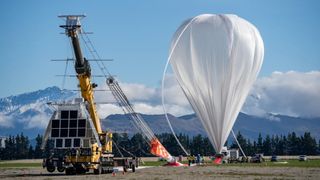
Giant NASA science balloon completes trip around the world in 16 days
By Sharmila Kuthunur published
NASA's massive super-pressure balloon has completed a 16-day trip around the Southern Hemisphere — a milestone in high-altitude flight and atmospheric research.
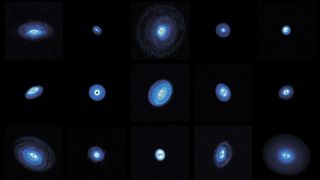
These are the sharpest images yet of planets being born around distant stars
By Sharmila Kuthunur published
ALMA observations of carbon monoxide emission from 15 protoplanetary disks reveal a stunning variety of gas structures, including gaps, rings and spirals.
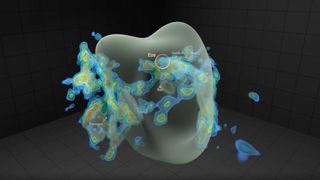
Gigantic, glow-in-the-dark cloud near Earth surprises astronomers
By Sharmila Kuthunur published
The discovery of Eos, the closest known molecular cloud to Earth and one of the largest structures in the night sky, hints at the presence of many previously unseen clouds throughout the galaxy.
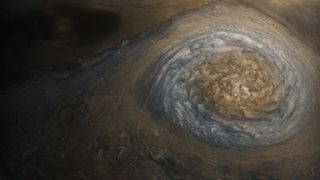
'I won't be surprised if this is happening throughout the universe': Mushball storms on Jupiter offer clues to atmospheres of distant planets
By Sharmila Kuthunur published
Large hailstones made of ammonia may explain why the gas is missing from large pockets of Jupiter's atmosphere.

Ghostly galaxy without dark matter baffles astronomers
By Sharmila Kuthunur published
Astronomers have stumbled upon yet another ghostly galaxy that appears to be devoid of dark matter, the elusive stuff that makes up most of the material universe.
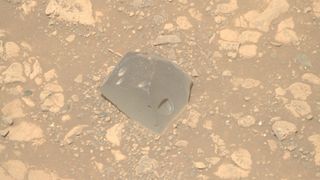
Mysterious, out-of-place 'Skull' rock on Mars leaves scientists baffled
By Sharmila Kuthunur published
NASA's Perseverance rover on Mars has discovered unusual "float" rocks on the rim of Jezero Crater while searching for signs of ancient microbial life. Scientists are investigating their origin.
Get the world’s most fascinating discoveries delivered straight to your inbox.
